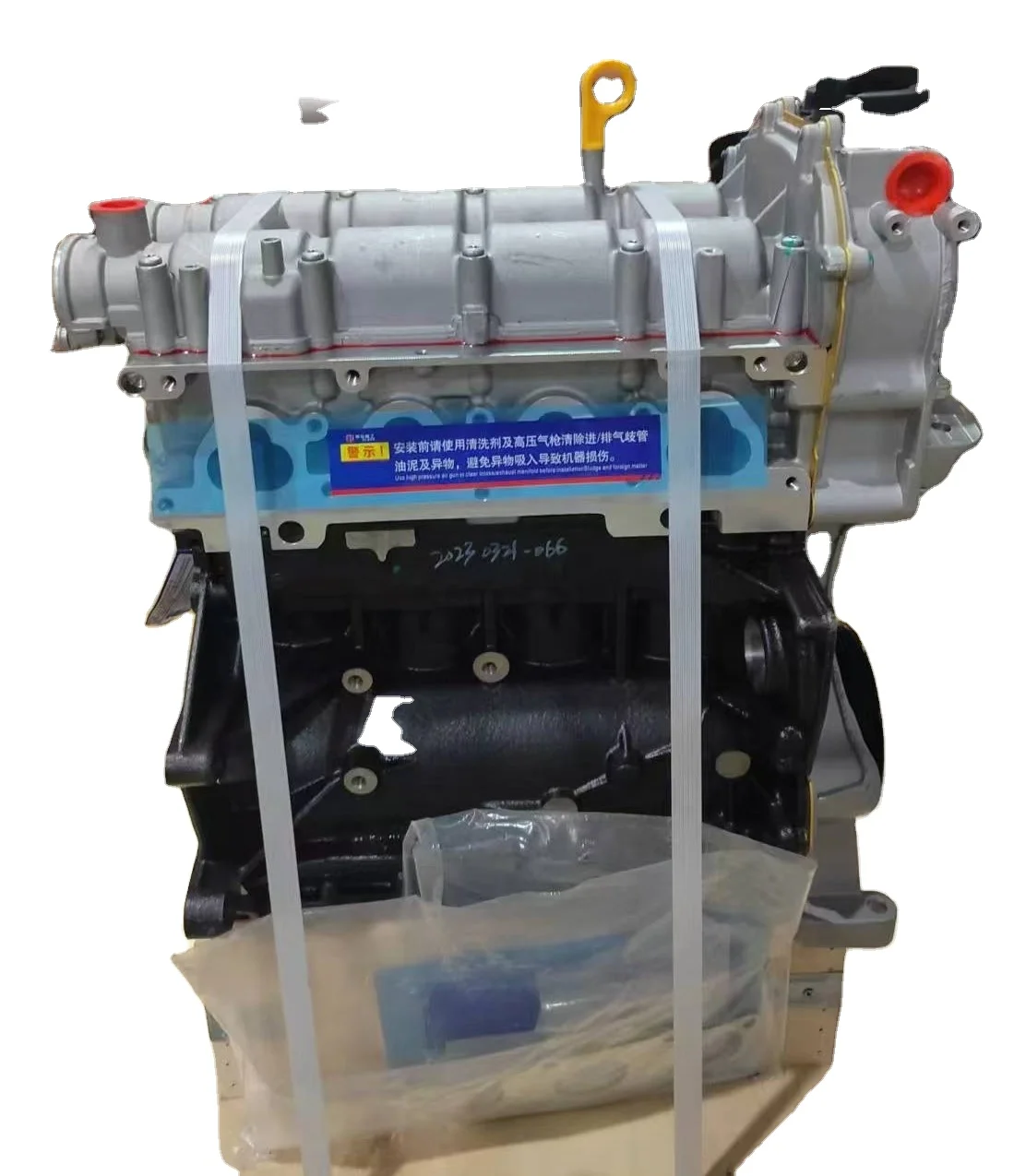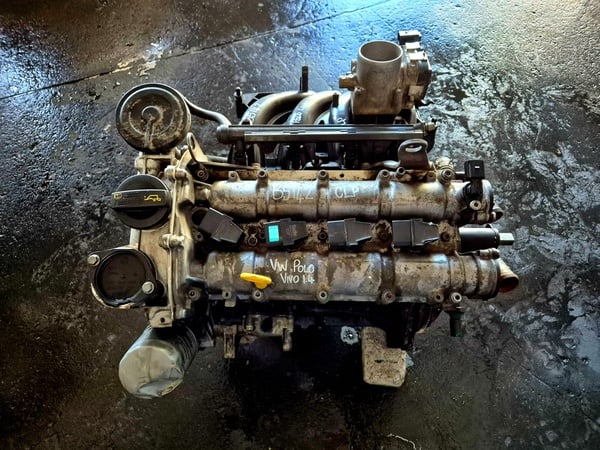Exactly How a Clp Engine Can Improve Performance in Numerous Industries
The introduction of CLP engines notes a substantial change in operational efficiency across various industries, driven by their capacity to enhance fuel consumption and lessen downtime. As companies significantly focus on sustainability together with efficiency, the function of CLP engines ends up being also extra critical.
Summary of CLP Engines
CLP engines, or Continuous Fluid Propellant engines, represent a substantial innovation in propulsion modern technology, especially for area applications. These engines utilize a continuous feed system that enables the sustained expulsion of propellant, leading to boosted effectiveness and performance contrasted to typical solid or hybrid propulsion systems. By maintaining a consistent flow of liquid propellant, CLP engines can achieve extra exact thrust control, which is critical for steering spacecraft in various goal situations.
The design of CLP engines incorporates advanced materials and cutting-edge fuel monitoring systems. clp engine. This leads to reduced weight and raised reliability, essential aspects for long-duration space missions. In addition, the continuous procedure minimizes the threat of combustion instability, a typical challenge in traditional rocket engines.

Advantages in Manufacturing
The manufacturing of Continual Fluid Propellant (CLP) engines provides a number of noteworthy advantages that enhance both efficiency and cost-effectiveness. Among the key benefits is the streamlined production process, which reduces the intricacy linked with typical propulsion systems. By using liquid propellant, manufacturers can achieve better precision in engine performance, resulting in optimized power outcome and decreased waste.
Additionally, CLP engines facilitate a greater degree of modularity, enabling less complicated assimilation right into various production lines. This versatility can considerably decrease preparations and enhance total operational adaptability. The usage of CLP technology additionally has a tendency to minimize the demand for comprehensive maintenance because of fewer relocating parts, which translates right into decreased downtime and functional costs.

Applications in Logistics
Leveraging Constant Liquid Propellant (CLP) engines in logistics uses considerable benefits in operational effectiveness and dependability. These engines supply a durable remedy for various transportation demands, making it possible for the smooth movement of products across vast distances. The integral design of CLP engines enables consistent power output, which equates into smoother and much more predictable transportation schedules.
One of the crucial applications of CLP engines in logistics is in sturdy freight transportation, where they can drive both ground and aerial cars. Their capability to preserve high efficiency under differing lots problems makes sure that delivery timelines are satisfied, thus boosting consumer fulfillment. Furthermore, CLP engines can be incorporated into automated logistics systems, facilitating real-time tracking and maximizing route planning.
In addition, the longevity of CLP engines minimizes maintenance downtime, permitting logistics firms to maximize their operational capacities. This is specifically advantageous in warehousing procedures, where performance in managing and carrying items is important. As logistics remains to evolve, the combination of CLP engines stands for a forward-thinking approach that not only improves efficiency but also sustains the sector's expanding needs for dependability and speed.
Effect on Power Performance
Exactly How do Constant Fluid Propellant (CLP) engines improve energy efficiency in transport? CLP engines utilize a constant circulation of liquid gas, enhancing combustion processes and keeping a secure thrust output. This design reduces power losses linked with conventional combustion engines, where gas shipment can vary and cause ineffectiveness.
The constant operation of CLP engines enables a more reliable thermal cycle, leading to higher details impulse contrasted to traditional engines. clp engine. This equates to decreased gas consumption for the exact same quantity of work done, significantly decreasing operational costs across different transportation industries, consisting of aeronautics and maritime sectors
Moreover, the capability of CLP engines to maintain optimum efficiency under varying lots conditions reduces the requirement for constant velocity and deceleration, even more improving fuel efficiency. Improved power performance not only adds to cost savings yet additionally results in decrease greenhouse gas exhausts, straightening with international sustainability goals.
Future Trends and Innovations
Arising innovations in Constant Liquid Propellant (CLP) engine modern technology pledge to transform the landscape of transport efficiency and sustainability. As industries pivot towards greener choices, CLP engines stand at the forefront, integrating cutting-edge materials and style methods that enhance performance while lessening ecological effect.
One of the most appealing patterns is the adoption of hybrid systems that combine CLP engines with renewable resource sources. This synergy can optimize fuel consumption and decrease emissions, lining up with worldwide sustainability goals. Furthermore, improvements in company website computational liquid dynamics (CFD) are facilitating the layout of even more aerodynamically reliable engines, bring about decreased drag and boosted fuel performance.
Moreover, the development of clever tracking systems is set to boost operational efficiencies. These systems take advantage of information analytics and IoT innovation to maximize engine performance in real-time, ensuring that the engines operate within their most efficient criteria.
As research proceeds to discover alternate propellant formulas-- such as biofuels and artificial fuels-- the future of CLP engines looks promising. By taking advantage of these developments, industries can not only boost their effectiveness yet also contribute considerably to a cleaner, extra sustainable future in transportation.
Conclusion
In final thought, CLP engines represent a considerable development in effectiveness across numerous industries. The assimilation of innovative products and less moving parts minimizes upkeep needs, while placement with sustainability objectives settings CLP engines as an essential innovation for the Web Site future.